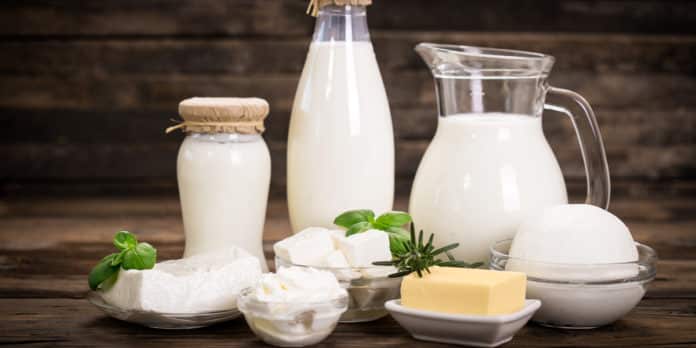SUTD Researchers develop simple 3D Printing method For Milk Products
Researchers from the Singapore University of Technology and Design (SUTD) have achieved another milestone in terms of 3D printing of food. Researchers have developed a technology to perform direct ink writing (DIW) 3D printing of dairy products. The method takes into consideration the temperature sensitivity of the nutrients and can be performed at room temperature.
3D printing of food has previously been performed by printing methods like selective laser sintering (SLS) and hot-melt extrusion methods. However, these methods are incompatible with temperature-sensitive nutrients in a certain food. For example, both SLS and hot-melt extrusion methods function at high temperatures and hence become incompatible for 3D printing of milk, as milk, rich in calcium and protein, are both sensitive to high temperatures. The cold-extrusion method for 3D printing is a viable alternative considering the temperature factor, but it often needs additives or rheology modifiers to stabilize printed structures. Optimization of these additives can be a judicious and complex task.
To address these limitations, a team of researchers from Soft Fluidics Lab, SUTD, manipulated the printing ink. The team changed the rheological properties of the printing ink. They performed DIW 3D printing of milk by cold extrusion method with a single milk product, i.e. powdered milk. The simple formulation of 3D-printable milk inks can be formed by milk powder concentration in water that in turn helped to control the rheology. In order to analyze the rheological properties and ensure optimal printability, extensive characterization of the formulated milk ink was conducted.
Mr. Lee Cheng Pau, the lead author, mentioned about the potential of the novel yet simple method. He told that this method can be exploited in formulating various nutritious foods, including food served to patients with special dietary needs, at hospitals.
Machinao Hashimoto, Assistant professor, PI of the study, said that the cold-extrusion method does not compromise with nutrients that are sensitive to heat. This method offers vast potential aesthetically pleasing 3D printed food. This method provides nutritionally controlled food that is customized for individual requirements.
SUTD Researchers develop simple 3D Printing method of Milk Products
Author name : Mayuree Hazarika



